Amaranth is a stunning cut flower, and adds amazing visual interest to any bouquet. However there is so much more to Amaranth than it's beauty. It is also an ancient grain with many valuable nutritional benefits. Learn how to grow Amaranth in the garden, and enjoy the multitude of benefits that this plant can offer.
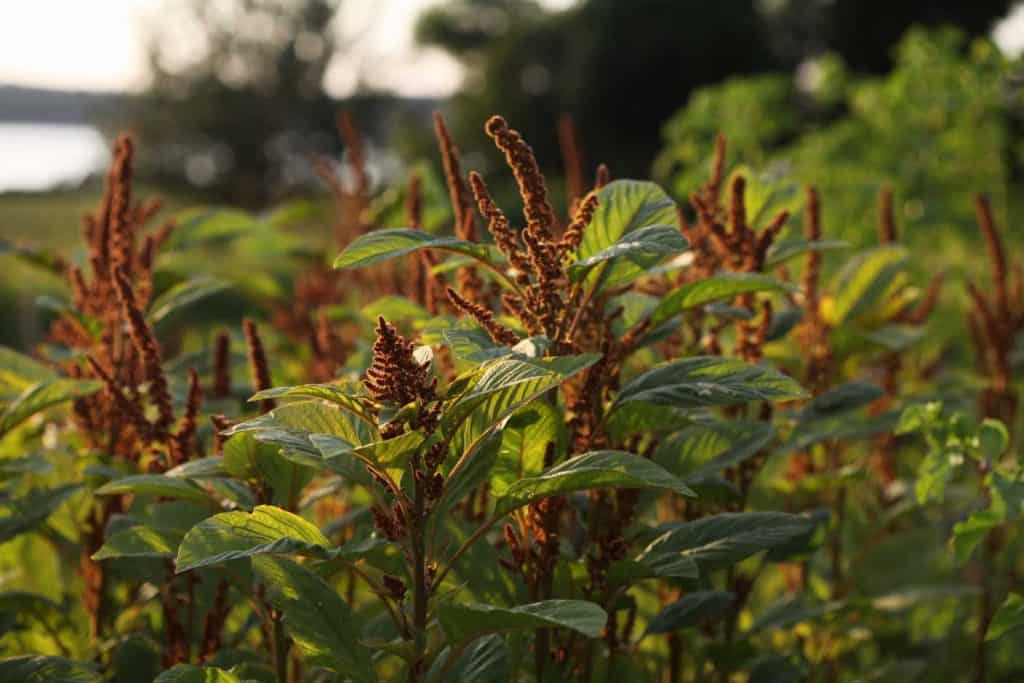
A heat loving annual plant, Amaranth readily reseeds to provide new plants each growing season in the locations where it has been planted.
Amaranth is a great crop for the home gardener. It's easy to grow, easy to transplant, and comes in a variety of different shapes and sizes.
There are some varieties that grow two to three feet tall. Other varieties will grow much larger, and some can even grow up to 10 feet tall!
Different Types Of Amaranth
There are 75 species of Amaranth.
- Some species of Amaranth are used as just as ornamental flowers. These Amaranth flowers can be used in both fresh and dried arrangements.
- Some species of Amaranth are grown for their grains and some for their leaves, each of which are highly nutritious and easy to harvest.
- There are even some species which are identified as common weeds, such as Pigweed.
One of our favourite
What Colours Do Amaranth Come In?
Amaranth comes in a variety of different colours, from yellows and oranges to pinks, purples, and greens.
Some of the darker purple varieties of Amaranth have even been used for their dyes.
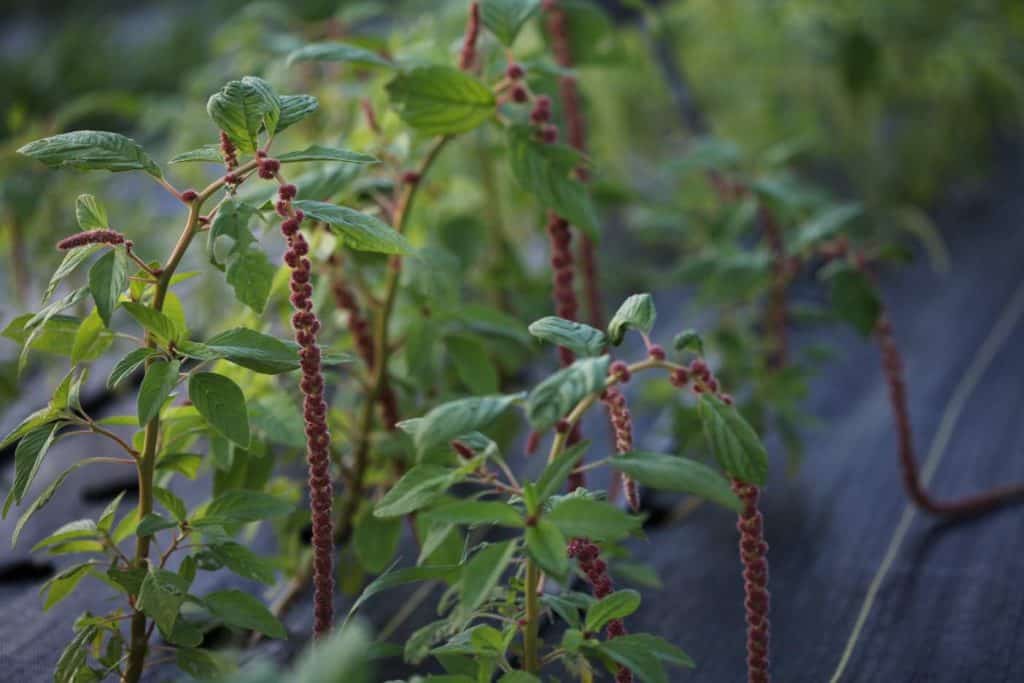
Growing Amaranth For Cut Flowers
We use Amaranth in our garden for cut flowers. We have grown Amaranth Hot Biscuits, Amaranth Green Tails, Amaranth Coral Fountain, and Amaranth Mira.
Each one of these flowers is impressive in it's own right.
Green Tails, Coral Fountain and Mira have long trailing rope-like blooms that are unusual and very tactile. These blooms are outstanding in arrangements.
Hot Biscuits has spike-like blooms in a rich copper colour, and is wonderful in fall arrangements.
Vase life for these flowers is seven to ten days.
When growing Amaranth for cut flowers it is helpful to pinch the plants back at an early stage, to allow for more branching and the formation of smaller useable stems.
Pinching the stems prevents them from growing too thick and bulky.
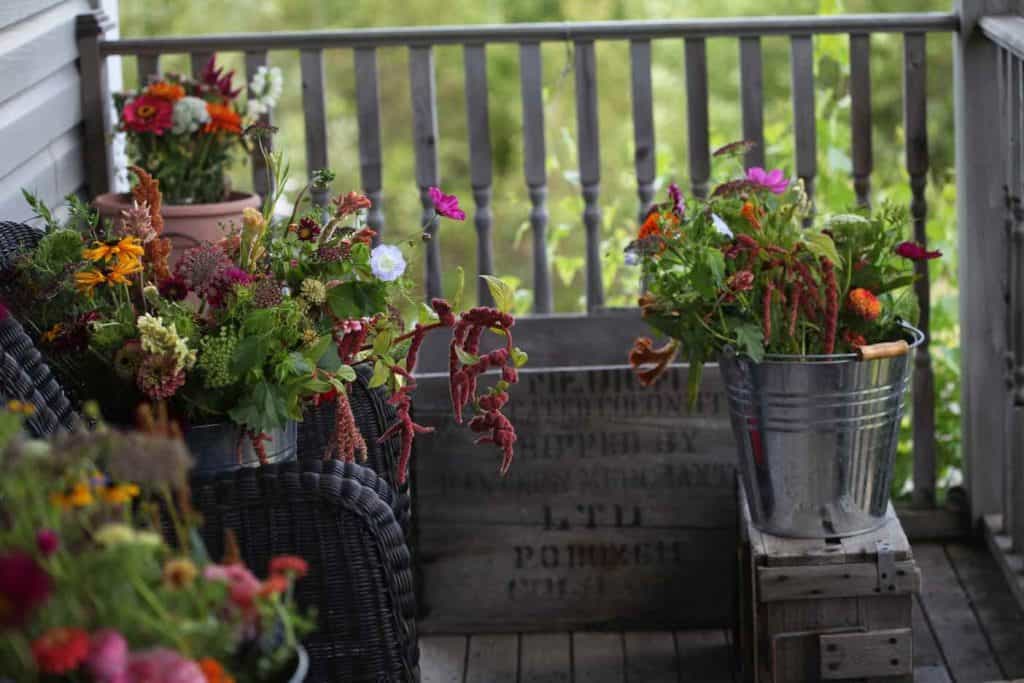
Growing Amaranth For Grain
Amaranth is an ancient grain from Mexico where it has been grown for thousands of years. It grows well in poor soils and drought like conditions.
It is highly nutritious and is considered to be a superfood. The grain is similar to quinoa, and is high in protein, amino acids, and vitamins. It is also gluten free.
It is a member of the beet family, and is full of antioxidants.
Amaranth grain can be used in many different ways. The seeds can be popped, cooked, or ground into a flour, and can be added to many recipes to get the nutritional benefits.
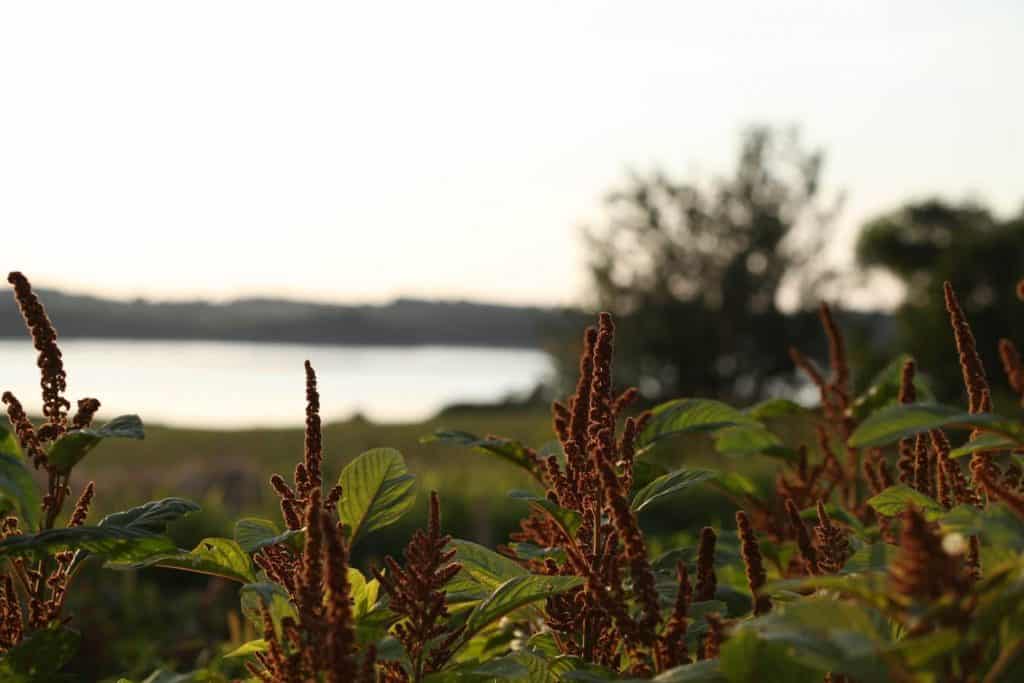
How To Grow Amaranth Greens
The leaves of Amaranth have nutritional value, and some gardeners grow the plant just for the greens.
The greens can be used in salads and soups, and a variety of different recipes.
Harvest the greens when the leaves are mature. When cutting from the plant make sure to leave some leaves on the stem to allow for regrowth and future harvests.
Amaranth greens can be harvested from the plant throughout the growing season.
How To Grow Amaranth From Seed
What Do Amaranth Seeds Look Like?
Amaranth seeds are very tiny and round, in shades of beige and pink.
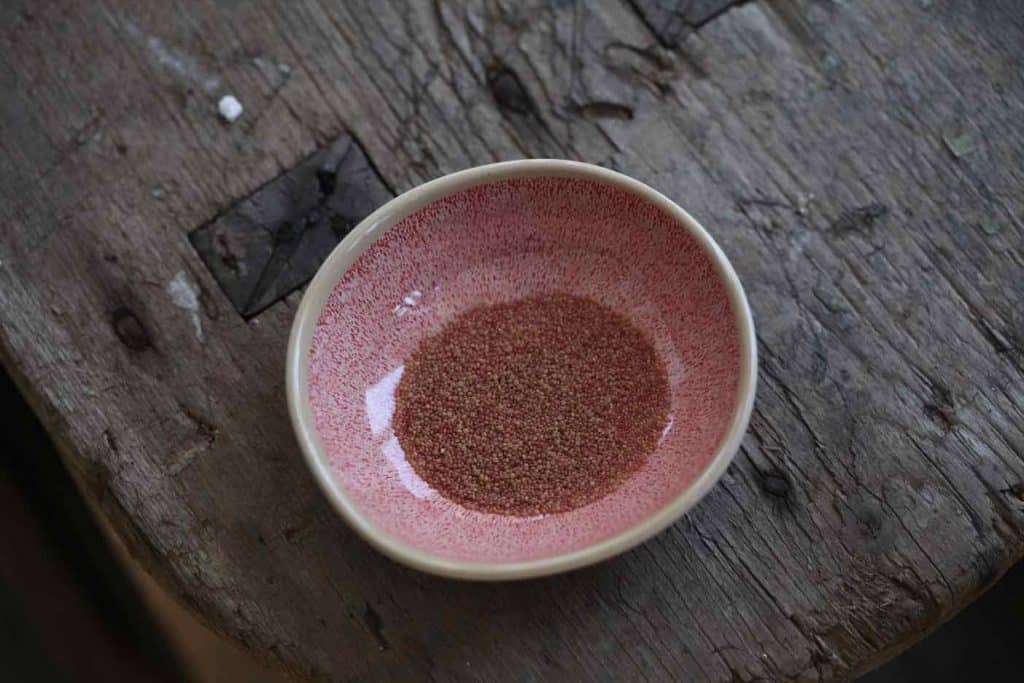
Is Amaranth Easy To Grow?
Amaranth is very easy to grow from seed.
You can direct sow into your garden, or start your seeds early indoors and transplant into the garden when the weather warms up.
- We grow our Amaranth from seeds indoors, and start them about six weeks before our last frost date.
- We start the seeds in cell trays in a good seed starting medium.
- Drop the seeds into each cell and then cover with vermiculite.
- Place the trays on heat mats until there is sixty percent germination of the tiny seeds.
- Then place the trays under grow lights, where they will remain until they are ready to be planted out.
- Before transplanting into the garden it is important to harden off the Amaranth seedlings.
- Plant out when the weather warms up and the risk of all frost has passed. The seedlings are tender and will not tolerate a frost.
If you are not sure what your last frost date is for your location, you can check on it here.
How Long Does It Take For Amaranth To Grow?
Amaranth seeds germinate within four to ten days.
Days to maturity from sowing is dependent on the variety, and takes approximately 65 to 75 days.
When and Where To Plant Amaranth
- Plant out after all risk of frost has passed.
- Plant Amaranth in any well drained soil in a sunny location.
- Space seedlings 10 to 12 inches apart. We grow our seedlings in landscape fabric due to weed pressure, and they do well in the fabric.
How To Harvest Amaranth
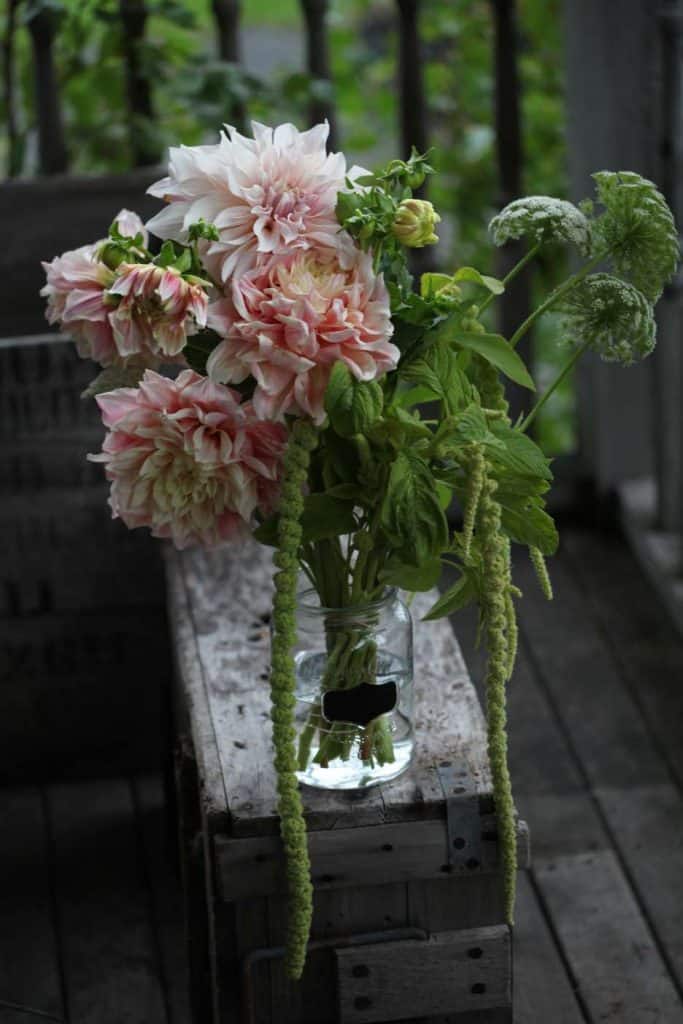
Harvesting For Fresh Cut Flowers
Harvest Amaranth blooms when the flowers are three quarters open and are still intact and firm.
When the flowers are past their prime they will become drier and lighter in appearance. They also start to drop seeds and pieces of chaff.
When picked at the right time the blooms will hold up very well in the vase.
Amaranth blooms are great accent flowers and add a dramatic touch to any flower arrangement.
Harvesting For Dried Flowers
Cut the flowers for drying when the flower heads have just begun to set set, but while they are still firm.
Place the stems and flowers into a bucket and allow to dry. If drying the variety of blooms with trailing tails, just drape them over the bucket and allow to dry naturally in place.
Learn more about the different methods for drying flowers here.
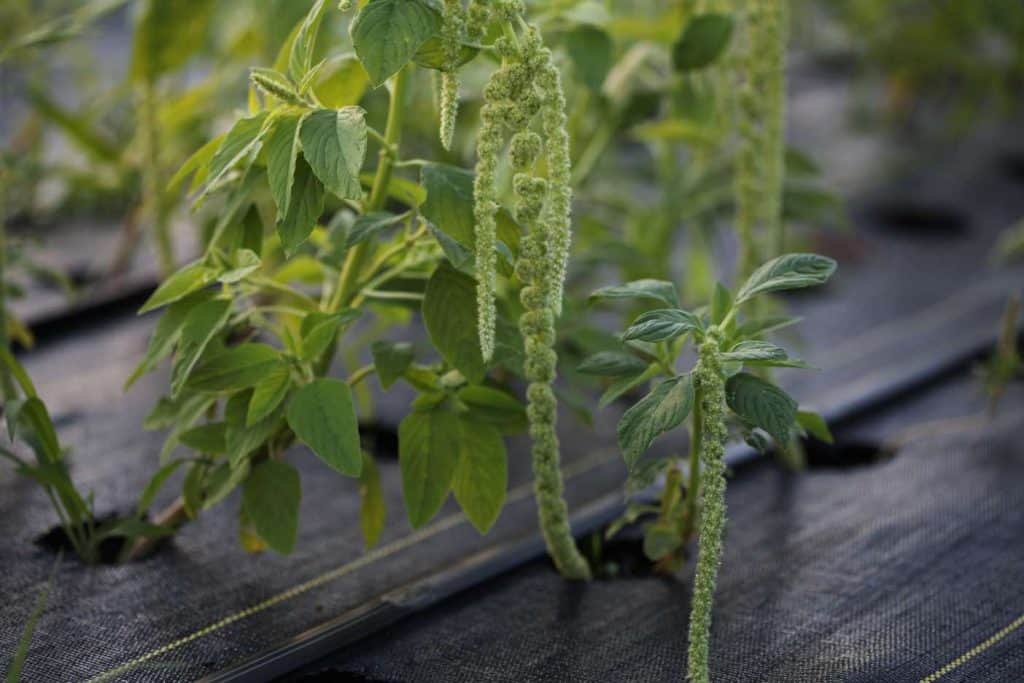
Harvesting For Grains
If harvesting the flowers for grains, cut the blooms and hang upside down to dry.
After the blooms have dried it's time to crush the flowers to remove the seeds and the stems.
The dried flowers tend to be a bit prickly, so therefore you might want to wear gloves for this process.
Crush the flowers over a bowl so you can catch all the seeds and chaff.
After the seeds and chaff have been removed from the stem, it's time to remove the chaff from the seeds.
This can be done by any process that winnows, which involves blowing air through the grain to remove the chaff.
In the end you will be left with just the seed. This process can take some time!
I hope you found this post helpful on how to grow Amaranth in the garden. Any questions or comments are always welcome!
Other Posts You May Like:
PIN IT FOR LATER!
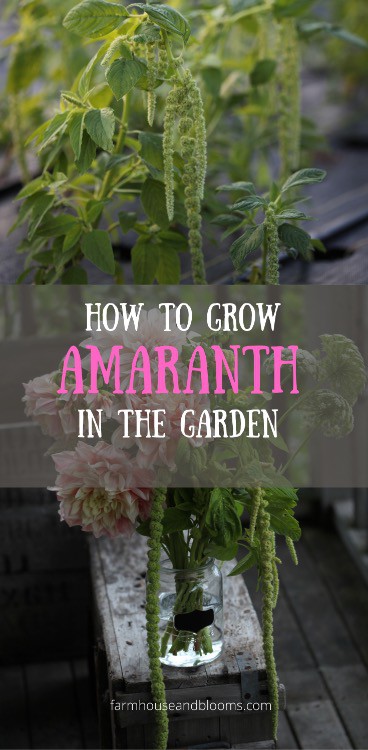
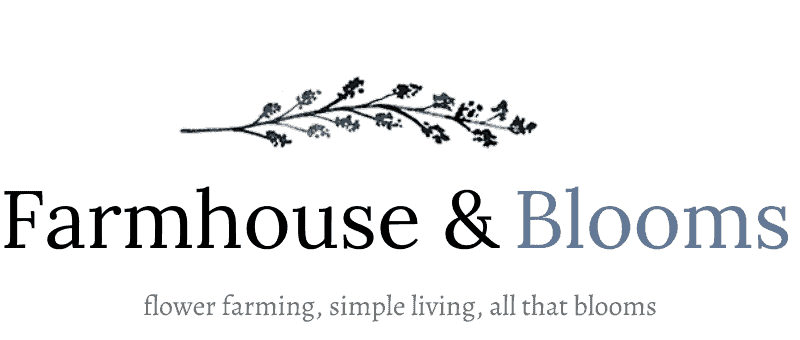



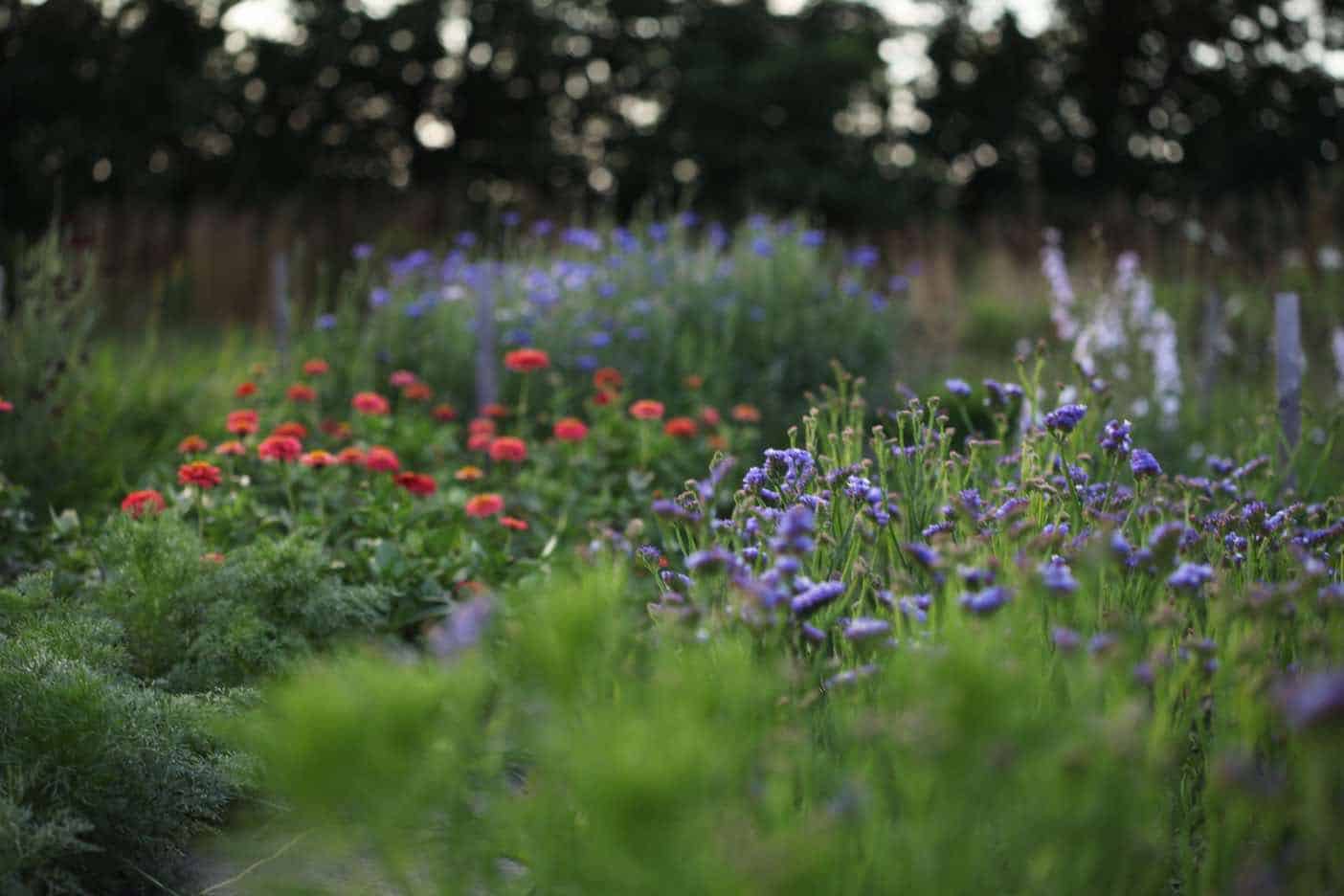
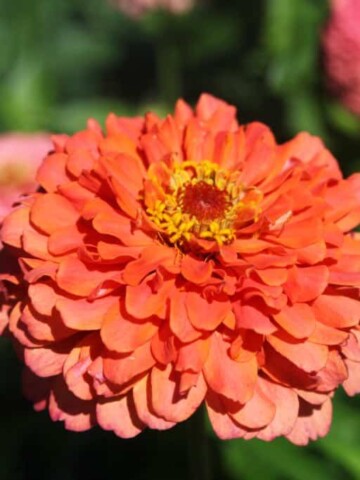

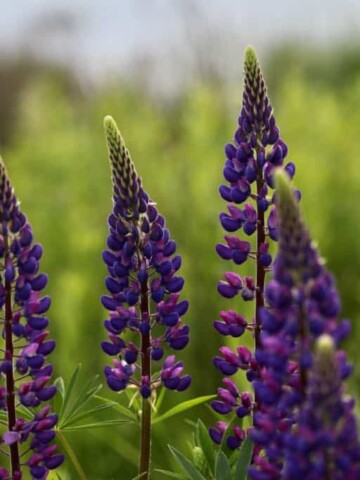
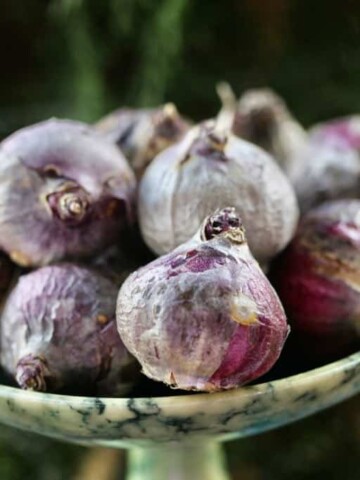
Sue Blanke
Hello, I have never grown Amaranth before, but want to try it this year. I am also in Zone 5b, in Wisconsin, a short ways west of Lake Michigan. Our soil is clay, so will I be able to grow it here? I appreciate your time. Sue
Cheyanne Mullin
Hi Sue, yes it grows well in clay soil as long as you have good drainage. We have clay here at the farm, and Amaranth does well for us. It's pretty easy to grow, and has such a spectacular flower! Good luck!